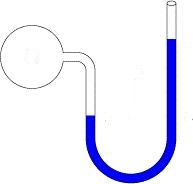Exam 3 - Pre-AP Chemistry - 13 Weeks Exam
2.
You may optionally provide this to label your report, leaderboard, or certificate.
×
Thank you for your feedback!
















